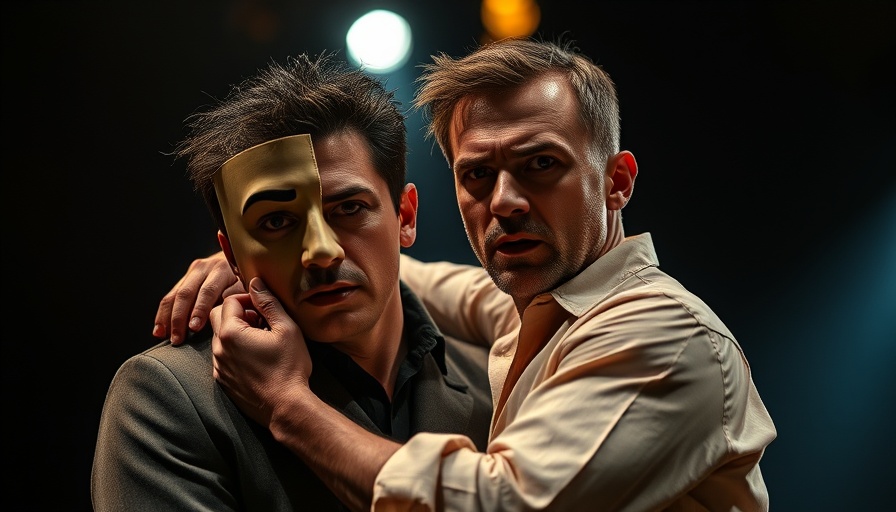
3D Sensing Revolutionizes Opera for All Performers
The world of opera has long been rooted in tradition, showcasing stunning vocal talents alongside breathtaking visuals and storytelling. But now, a groundbreaking shift is occurring, one that emphasizes accessibility and innovation through technology. A recent project, Sensorium Ex, exemplifies how 3D sensing and artificial intelligence (AI) empower non-verbal performers, expanding the cultural tapestry of the arts.
A New Era of Performance
Imagine an opera stage filled with performers who might not sing in the traditional sense but still convey profound emotions and narratives. Created over seven years by librettist Brenda Shaughnessy and composer Paola Prestini, Sensorium Ex showcases the stories of a mother and her son, who faces severe communication disabilities. With advancements in technology such as 3D sensing and personalized speech generation, the operatic experience emerges as a multimedia phenomenon, fostering inclusivity while pushing the boundaries of artistic expression.
The Technology Behind the Magic
At the heart of Sensorium Ex is a revolutionary approach to communication for artists with disabilities. Dr. Luke Dubois’ innovative technology uses AI-driven speech personalization to transform instruments of technology into the voice of the performers. By analyzing voice frequencies and sequences, the machine can mimic a person’s speech, capturing their unique essence instead of producing the robotic tones that previous speech synthesizers yielded.
This development illustrates not just technological prowess but also a growing societal acknowledgment of the importance of representation—in performance art and beyond. For many disabled artists, this means a chance to share their stories and talents in poignant ways, forever changing perceptions of what opera can be.
Transforming Lives Through Art
The emotional impact of Sensorium Ex extends beyond mere entertainment. It represents a monumental shift for families and communities, highlighting how vital access to the arts is for everyone, regardless of their physical abilities. “The performance is about connection and understanding,” shares Director Jerron Herman.
This project inevitably fuels broader conversations surrounding equity in all artistic circles, emphasizing the need for disruptive innovations in technology to facilitate inclusivity. With a growing demand from various sectors including healthcare and education, these conversations now resonate beyond the cultural realm and into industries that significantly influence transparency and accessibility.
Preparing for Future Trends
Looking forward, the artistic landscape will continuously intertwine with advancements in technology. Non-verbal communication tools, particularly in performing arts, are expected to evolve rapidly, shaping new performance modalities—and, with this, new opportunities for business innovation. As this integration intensifies, industries such as finance and sustainability can learn from these trends to foster their own transformations, showing how creativity and technology can collide to generate remarkable outcomes.
As technology reshapes the future of performance art, professionals across various domains should stay informed about ongoing developments. Understanding these innovations can influence strategic planning, investment opportunities, and overall business strategies.
Your Call to Action
As we witness this exciting shift in the world of opera and technological integration, commit to supporting initiatives that prioritize inclusivity and innovation. Whether engaging as an audience member, an investor, or a professional in your industry, the need for collaboration and shared responsibility is paramount in fostering a world where everyone’s voice is heard. Join the conversation today, and advocate for art that transcends barriers.
 Add Row
Add Row  Add
Add 




 Add Row
Add Row  Add
Add 

Write A Comment